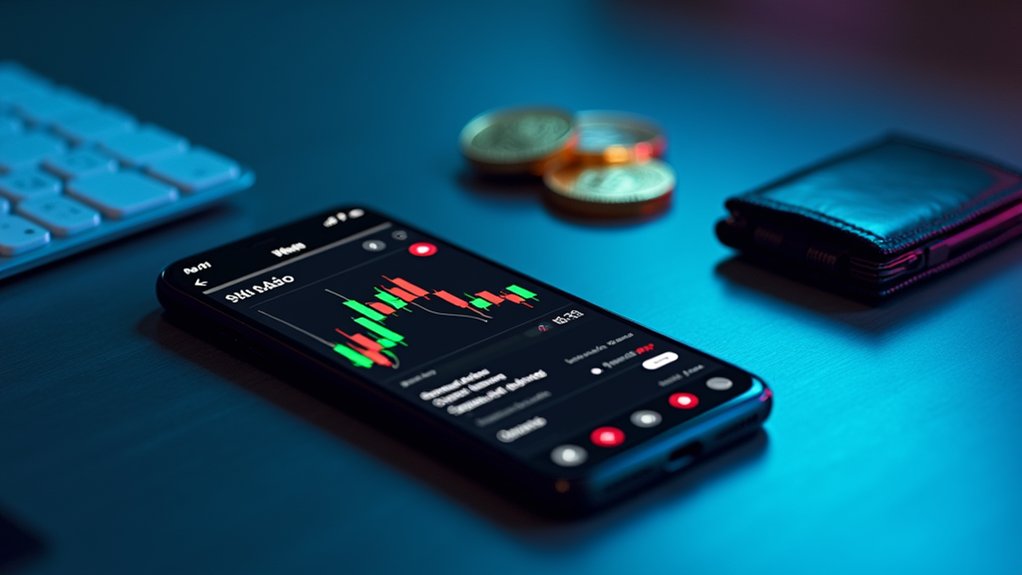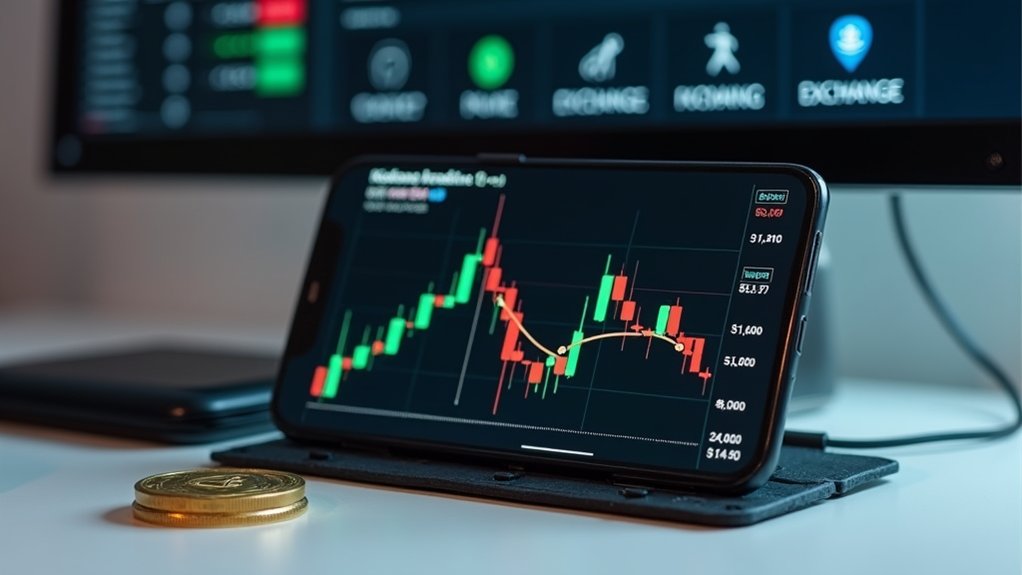Halving in cryptocurrency refers to a programmed event that reduces mining rewards by 50%, occurring approximately every four years in Bitcoin's protocol. This mechanism, essential to Bitcoin's deflationary design, restricts the rate at which new coins enter circulation, ultimately capping the maximum supply at 21 million. Historical halvings in 2012, 2016, and 2020 preceded significant price appreciations since supply constraints intensified. Miners face immediate revenue reductions while costs remain constant, potentially reshaping network participation. The fundamental economic principles reveal cryptocurrency's core value proposition.

When Bitcoin approaches its fourth halving event in April 2024, investors and market analysts have turned their attention to this critical mechanism embedded within the cryptocurrency's foundational protocol. Halving in cryptocurrency, particularly Bitcoin, represents a programmed reduction in mining rewards that occurs approximately every four years, or more precisely, every 210,000 blocks, when the reward given to miners for validating transactions is automatically cut in half, thereby restricting the rate at which new coins enter circulation.
This deliberate scarcity mechanism forms the cornerstone of Bitcoin's monetary policy, establishing a predictable inflation schedule that contrasts sharply with traditional fiat currencies. Previous halvings have demonstrated significant market impact, with the first occurrence in 2012 reducing the block reward from 50 to 25 BTC, followed by subsequent reductions to 12.5 BTC in 2016 and 6.25 BTC in 2020, each preceding substantial price appreciations in the following months. Historical data reveals impressive gains after these events, with an 8,069% price increase following the 2012 halving. The upcoming fourth halving will further reduce the reward to 3.125 BTC per block, continuing Bitcoin's predetermined emission schedule.
The economic consequences of halving extend beyond immediate price effects, fundamentally altering the supply interplay of the cryptocurrency ecosystem. With approximately 19 million of Bitcoin's capped 21 million supply already mined, each halving further constricts the remaining issuance timeline, intensifying the deflationary characteristics that make Bitcoin attractive as a store of value. This mathematical certainty creates market anticipation, often resulting in price volatility before and after halving events.
For miners, halving presents considerable operational challenges, instantaneously reducing revenue by 50% while operational costs remain constant. This economic pressure typically forces inefficient miners to exit the network, potentially concentrating mining power among larger, more efficient operations.
The long-term sustainability of the network increasingly depends on transaction fees supplementing block rewards as mining subsidies diminish, an intentional design feature to shift the network's security model as it approaches its maximum supply cap in 2140.
Frequently Asked Questions
Can I Profit From Crypto Halving Events?
Investors may potentially profit from halving events through several established strategies, including accumulating Bitcoin pre-halving in anticipation of supply-shock price appreciation, investing in mining equities which historically outperform post-halving, or deploying capital during post-halving volatility periods.
However, profitability depends on numerous factors, including operational efficiency, electricity costs, market timing, and institutional demand patterns, with previous halving cycles showing variable returns that, while promising, offer no guarantees of future performance.
Do All Cryptocurrencies Experience Halvings?
No, not all cryptocurrencies experience halvings.
While Bitcoin, Litecoin, Zcash, and several Bitcoin derivatives employ this mechanism to reduce block rewards periodically, many cryptocurrencies utilize alternative issuance models.
Significantly, Ethereum abandoned halvings when shifting to Proof-of-Stake consensus, focusing instead on different scarcity mechanisms.
Halvings are primarily a feature of Proof-of-Work cryptocurrencies that aim to create artificial scarcity and control inflation through programmatically scheduled reward reductions.
How Does Halving Affect Mining Profitability?
Halving immediately reduces mining revenue by 50%, compressing profit margins for operators with higher operational costs.
Inefficient miners typically exit the network, causing temporary hash rate declines followed by difficulty adjustments that ease mining conditions for remaining participants.
Historical data indicates that subsequent price appreciation often compensates for reduced block rewards, while miners implement efficiency measures including hardware upgrades, facility optimization, and energy contract renegotiations to maintain long-term viability in the face of diminished block subsidies.
When Is the Next Bitcoin Halving Scheduled?
The next Bitcoin halving is scheduled to occur between March and April 2028, following the established protocol that triggers this event approximately every four years or after 210,000 blocks are mined.
This upcoming halving will reduce the block reward from the current 3.125 BTC, established during the April 2024 halving, to 1.5625 BTC per block, continuing the programmed diminishing issuance rate toward Bitcoin's ultimate cap of 21 million coins.
Does Halving Instantly Change Cryptocurrency Market Prices?
Bitcoin halvings do not instantly change market prices, since empirical evidence demonstrates a delayed response pattern where significant price appreciation typically occurs months after the event.
Market participants often "price in" expectations beforehand, creating pre-halving volatility while the full economic impact of reduced supply emerges gradually.
This delayed equilibrium adjustment reflects both the market's forward-looking nature and the time required for mining economics to rebalance following reward reductions.









